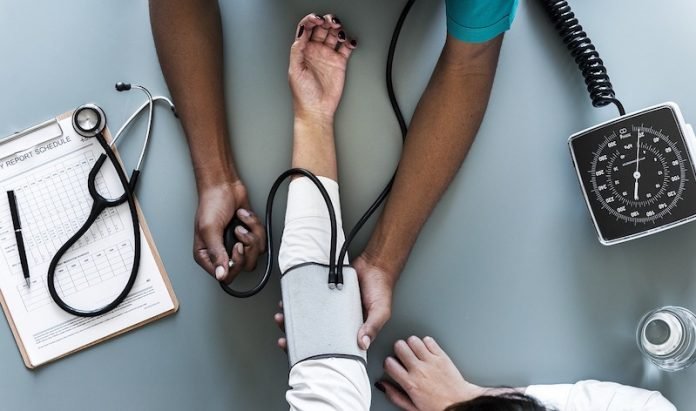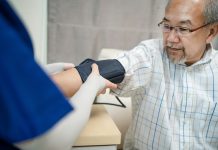
“Radial pulse waves” might sound other-worldly, but they’re a relatively easy way to measure heartbeats through the artery at the base of the wrist.
And new research says they can detect circulatory system changes in menopausal women that aren’t evident with traditional blood pressure readings.
Researchers measured the waves’ harmonics. Chi-Wei Chang, lead author of preliminary findings presented Monday at the American Heart Association’s Basic Cardiovascular Sciences Scientific Sessions, used a musical analogy to explain what that means.
A violin and clarinet can play the same note but sound different because of the harmonic components of the instruments’ overtones, Chang said in a news release.
“Two people can have a heart rate of 75 beats per minute, but their harmonic amplitudes can vary dramatically,” he said.
“Analyzing the differences between these harmonic components reveals more individualized information about a person’s circulatory system.”
In the study, researchers used mathematical models to convert the pressure wave of the radial pulse into frequency waves.
Each frequency wave was assigned a harmonic amplitude classification from C1 to C5, said Chang, director of research and development at the Mii-Ann Medical Research Center in Taipei, Taiwan.
The researchers found radial pulse wave information reflected changes during menopause that were not evident when measuring systolic or diastolic blood pressures.
For example, they found changes in the first harmonic, the C1, which is related to heart attack and heart failure, Chang said.
The study involved 327 premenopausal and postmenopausal women with no history of heart disease.
Research has shown age, gender and body mass index play important roles in cardiovascular disease risk, but it’s not clear why the risk spikes when women are in menopause.
The new research suggests menopause does not change blood pressure but can increase a woman’s cardiovascular disease risk, as seen in changes in those harmonic components measured at the wrist.
Such harmonics could shed light on hormonal changes during menopause that indicate the progression of atherosclerosis, or clogged arteries, Chang said, but more work is needed to know for sure.
The information from radial pulse waves could still be useful in understanding a woman’s cardiovascular disease risk.
“Health care providers can measure a menopausal woman’s radial pulse to see if the patient’s C1 harmonic is affected,” Chang said.
“If it is, they can monitor a patient’s situation more closely and take action to prevent cardiovascular disease from becoming more severe.”



